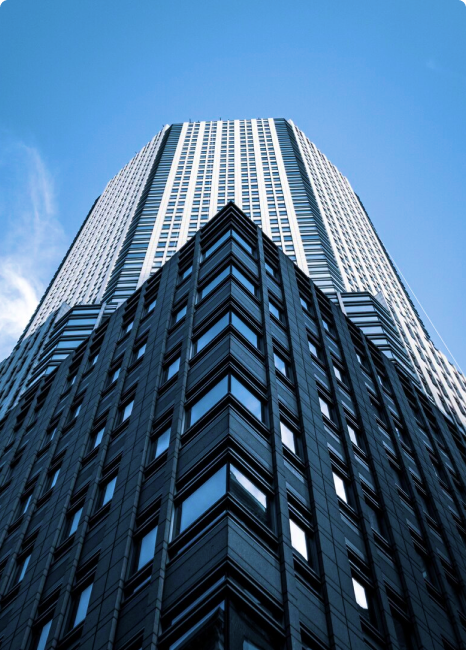Height Safety Guide: Ensuring Fall Protection in the Access Industry

Unsurprisingly, working at height is inherently dangerous, with falls and other accidents posing a serious threat to the safety of our height safety engineers. As such, it’s essential to take steps to identify potential hazards and implement appropriate safety measures to protect people working at height. In this month’s blog, we are going to look at how we determine the best use of equipment to use for different work sites and environments, to ensure the safety of our workers and minimise the risk of accidents at height, when performing industrial rope access and height safety services.
Common hazards for workers at height
There are range of hazards our team face on a daily basis, some of these include:- Potential falls from height due to inadequate fall protection systems, access and Personal Protective Equipment (PPE)
- Structural collapse or instability of elevated surfaces or platforms.
- Electrocution from live electrical equipment.
- Poor weather conditions, such as strong winds or extreme temperatures.
- Falling objects, tools, or materials that can injure workers below.
- Physical or mental fatigue, which can lead to reduced awareness and reaction times.
